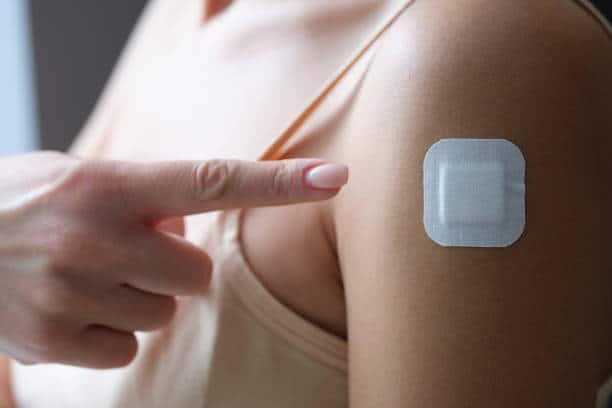
Vaccination: The vaccine printer, which might match on a tabletop, may be deployed anyplace vaccines are wanted. It may be scaled as much as produce a whole bunch of vaccine doses in a day.
“We could someday have on-demand vaccine production,” mentioned Ana Jaklenec, a analysis scientist at MIT`s Koch Institute for Integrative Cancer Research. “If, for example, there was an Ebola outbreak in a particular region, one could ship a few of these printers there and vaccinate the people in that location.”
The printer produces patches with a whole bunch of microneedles containing vaccines. The patch may be hooked up to the pores and skin, permitting the vaccine to dissolve with out the necessity for a standard injection. Once printed, the vaccine patches may be saved for months at room temperature.
In a research showing within the journal Nature Biotechnology, the researchers confirmed they might use the printer to supply thermostable Covid-19 RNA vaccines that would induce a comparable immune response to that generated by injected RNA vaccines, in mice.
Most vaccines, together with mRNA vaccines, should be refrigerated whereas saved, making it troublesome to stockpile them or ship them to places the place these temperatures can`t be maintained. Furthermore, they require syringes, needles, and skilled well being care professionals to manage them.
Instead of manufacturing conventional injectable vaccines, the researchers determined to work with a novel sort of vaccine supply primarily based on patches concerning the dimension of a thumbnail, which comprise a whole bunch of microneedles.
Such vaccines at the moment are in growth for a lot of illnesses, together with polio, measles, and rubella. When the patch is utilized to the pores and skin, the guidelines of the needles dissolve below the pores and skin, releasing the vaccine.
The “ink” that the researchers use to print the vaccine-containing microneedles consists of RNA vaccine molecules which might be encapsulated in lipid nanoparticles, which assist them to stay steady for lengthy durations of time.
The ink additionally comprises polymers that may be simply moulded into the proper form after which stay steady for weeks or months, even when saved at room temperature or larger.
Inside the printer, a robotic arm injects ink into microneedle moulds, and a vacuum chamber under the mould sucks the ink right down to the underside, ensuring that ink reaches all the best way to the guidelines of the needles. Once the moulds are stuffed, they take a day or two to dry.
The present prototype can produce 100 patches in 48 hours, however the researchers anticipate that future variations may very well be designed to have larger capability.
Source: zeenews.india.com




